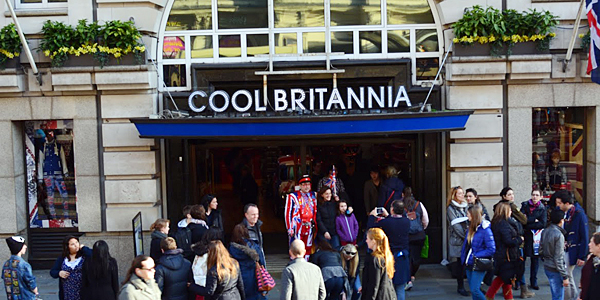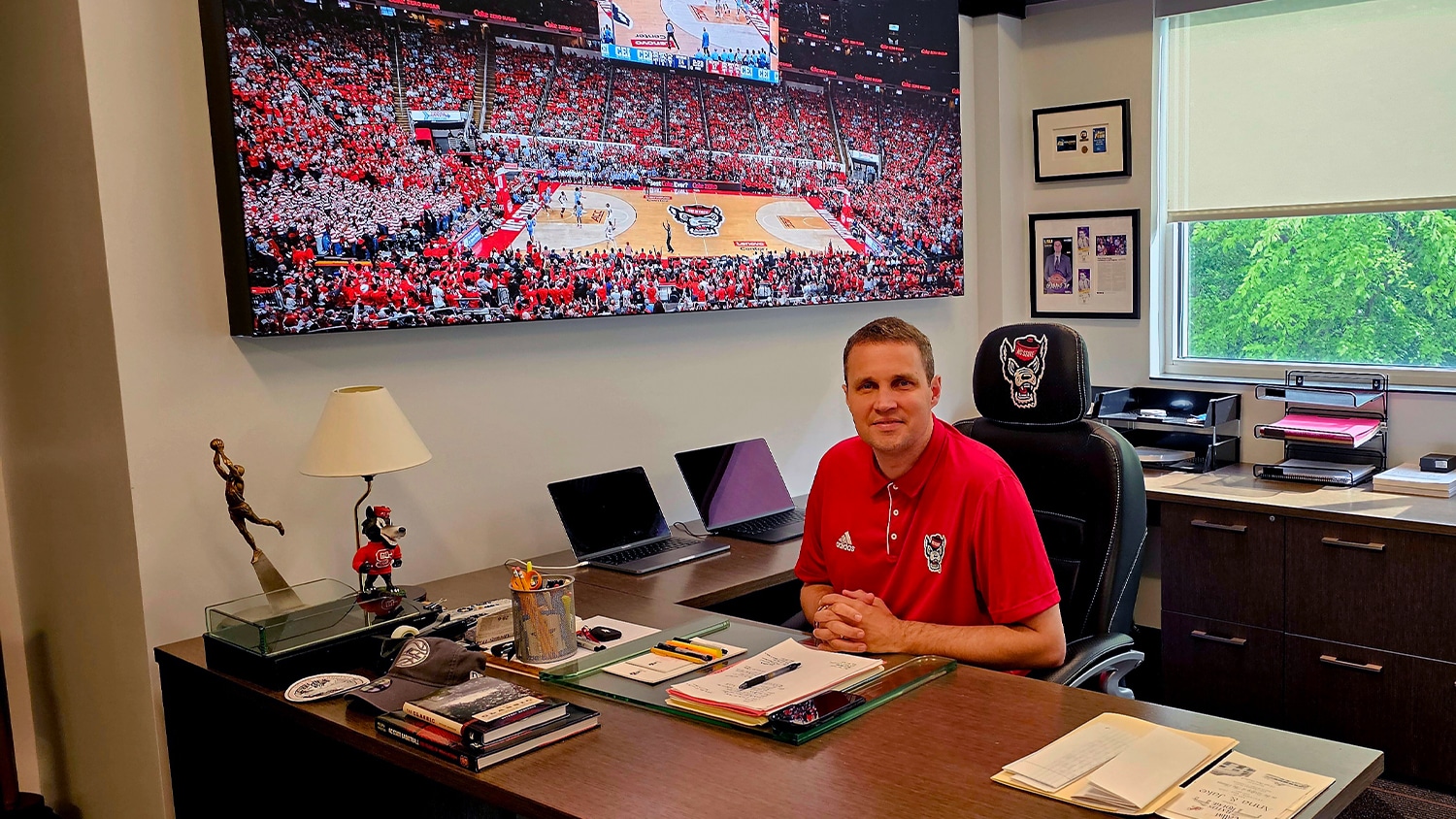An American Wolfpack in London

If you’re going to hunt the latest trends, what better place to focus your efforts than London? After all, it’s the city that spawned mods, miniskirts and mohawks. That was the calculus, it seems, behind a spring-break excursion by a dozen MBA students into the heart of England’s capital of cool.
The trip was part of a three-unit course called “Trendspotting for Culture and Design” that dropped the students into London’s melting pot of people, cultures and ideas with a decidedly ambitious goal: to predict the future.

“Trendspotting is also known as cool hunting,” explains Colbey Reid, who organized and led the trip. “It’s the art and science of hunting for the next big thing. What new things are emerging at the point of consumption?”
A New Skill
Reid, director of the Consumer Innovation Consortium in the Poole College of Management, says spotting trends is an increasingly important skill for business professionals and entrepreneurs.
The tricky part is timing. To gain a competitive advantage, you have to identify an emerging trend long before your competitors see it.
“What would you have done five years ago had you known zombies were going to be so huge?” Reid asks.
On the Cusp
Clint Coffey, one of the students who traveled to London, says he may have discovered some emerging trends at the UpMarket, an outdoor bazaar in London’s Brick Lane district. Among the products offered for sale by local artisans were artifacts he’d never seen before, Coffey says.
“These avant-garde products are clues to emerging trends or meta trends that are on the cusp of cultural adoption,” he predicts.
Or not, depending on a slew of factors, including the vicissitudes of human behavior. Reid, the professor, knows this all too well. She has a Ph.D. in English with an emphasis on consumer culture and directs a research consortium that’s done trendspotting for companies like Burt’s Bees and Cotton Inc. Although the science is solid, she says, students shouldn’t neglect the human factor when analyzing a possible trend.
“Consumers are fundamentally irrational,” she notes.
Not unlike zombies.
- Categories:


